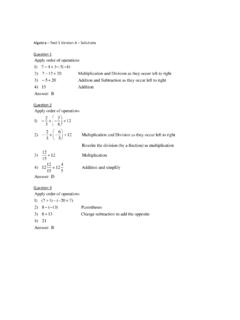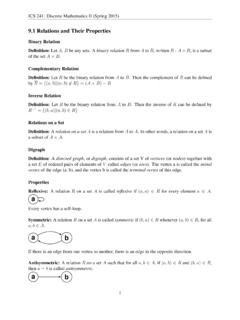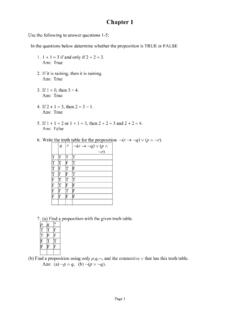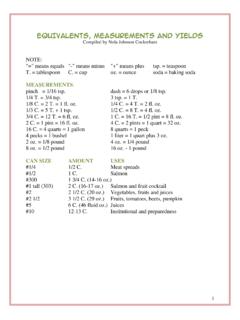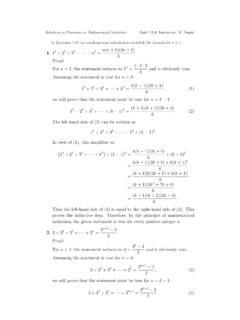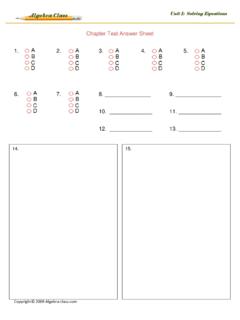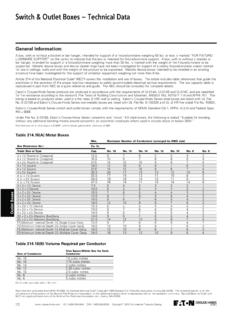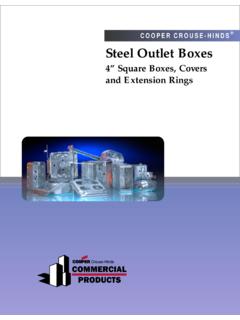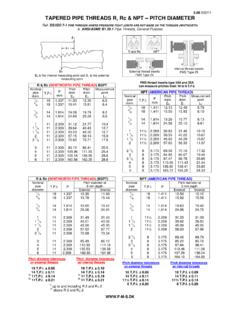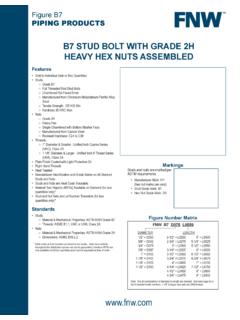Transcription of USAF EXPLOSIVES FIRE AND CHEMICAL HAZARD SYMBOLS
1 usaf EXPLOSIVES fire AND CHEMICAL HAZARD SYMBOLS fire SYMBOLSCHEMICAL HAZARD SYMBOLS FIREFIGHTING DIRECTION SYMBOLS Supersedes AFVA 91-216, 1 November 1997 Releasability: There are no releasability restrictions on this publication Reference: AFMAN 91-201 AFVA 91-216 4 APRIL 2012 Certified Current on, 20 May 2016 HAZARD DIVISION MASS DETONATION HAZARD - Do not fight fire unless rescue attempt is planned. - If there is suitable separation to symbol 1 materials and Senior fire Officer approves, firefighting forces may attempt to extinguish the fire . - If personal safety is in doubt, take cover. HAZARD DIVISION NON-MASS EXPLOSION, FRAGMENT PRODUCING - Sound alarm; attempt to extinguish fire if in early stage. - Fight the fire if possible.
2 If not possible, prevent spread of fire . - Provide protection from fragmentation in case of detonation. HAZARD DIVISION MASS fire , NO BLAST OR FRAGMENT - May be fought if EXPLOSIVES not directly involved. - If White Phosphorus (WP) munitions are involved, smoke is liberated. - WP munitions may explode. - Immerse Phosphorus in water or spray with water continuously. - For fires involving Hexachlorethane (HC) and incendiaries use dry sand or dry powder in early stage. - For fires involving pyrotechnics and magnesium incendiaries: - Protect adjacent facilities and equipment. - Do not use carbon dioxide, Halon extinguishers or water on or near munitions. - Allow magnesium to cool unless upon flammable material. In this case, use a 2-inch layer of dry sand or powder on the floor and rake the burning material onto this layer and re-smother.
3 HAZARD DIVISION MODERATE fire , NO BLAST OR FRAGMENT - Fight these fires. - Expect minor explosions and hot fragments. HARASSING AGENTS SET 2 - Withdraw upwind. - Approach from upwind and extinguish fire . - Decontamination may be required. - Set 2 consists of self-contained breathing apparatus, coveralls and protective gloves. (Firefighting protective clothing and equipment may be used) WHITE PHOSPHORUS (WP) MUNITIONS SET 3 For WP: - Post fire guard until leaking phosphorous has been removed. - After removal of agents, post fire guard for 2 days for possible re-ignition. For Triethylaluminum (TEA), Platinum (PT) or Thorium (TH): - Do not use water. - Do not look at burning material. WEAR BREATHING APPARATUS - Approach from upwind and extinguish fire .
4 - Wear breathing apparatus: consists of a self contained breathing apparatus. (Firefighting protective clothing and equipment may be used) APPLY NO WATER - Munitions burn with extremely high temperature and are difficult to extinguish. - Water is NOT a suitable extinguishing agent as it may intensify the fire . - Do not look directly at the burning material or eye damage may result. HIGHLY TOXIC CHEMICAL HAZARD SET 1 - Withdraw upwind. - If explosion does not occur, approach from upwind and extinguish fire . - Decontamination may be required. - Set 1 consists of self-contained breathing apparatus and CHEMICAL -protective clothing with flash protection IAW applicable National fire Protection Association Standards 1991, 1992 and 1994.










